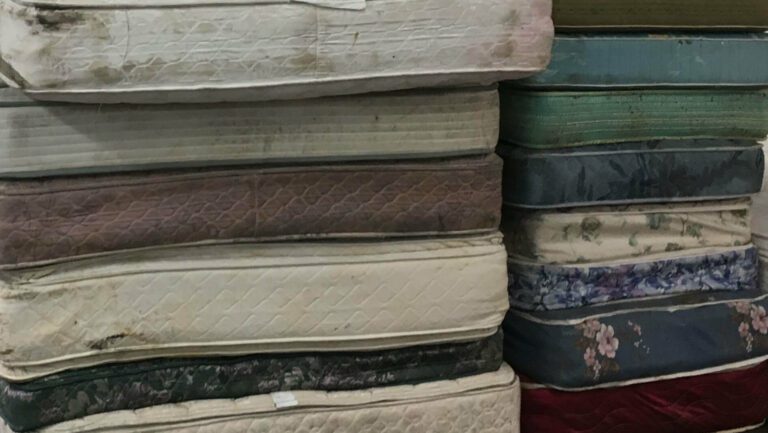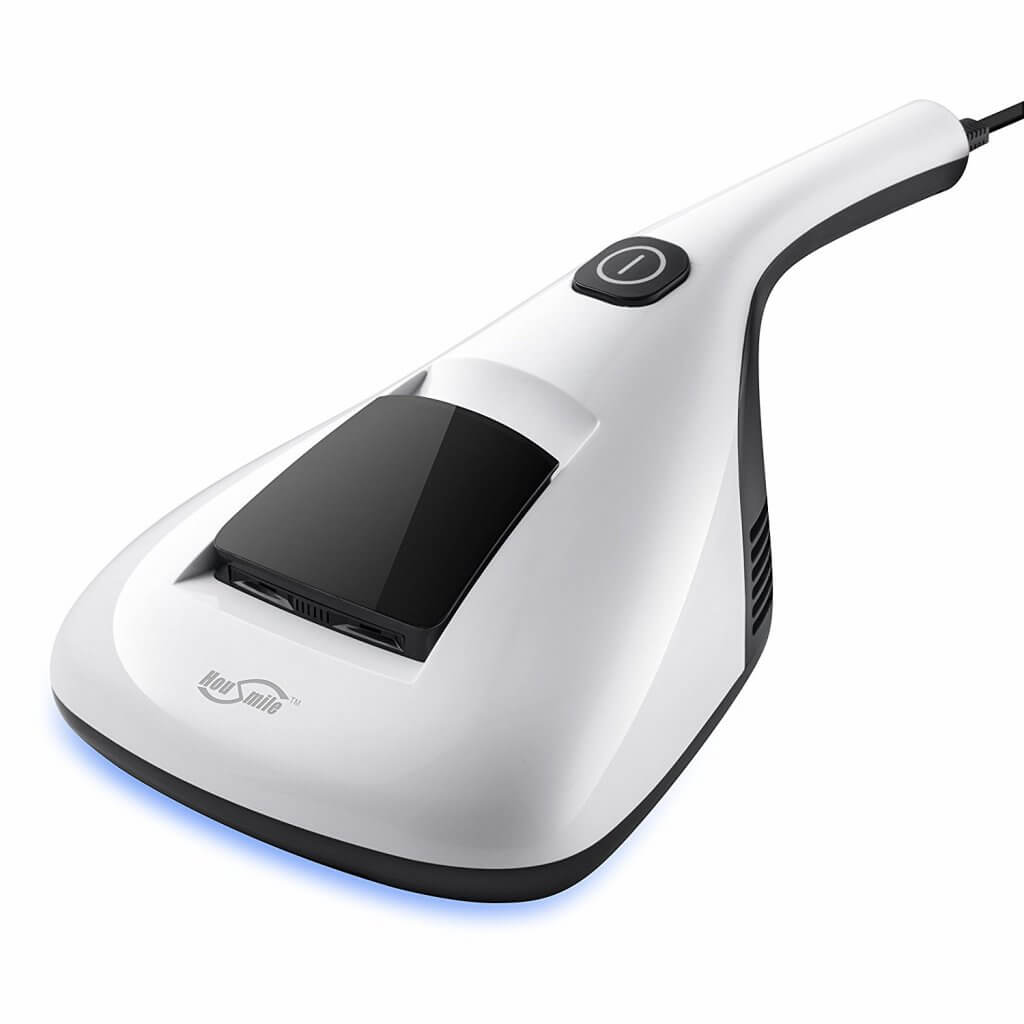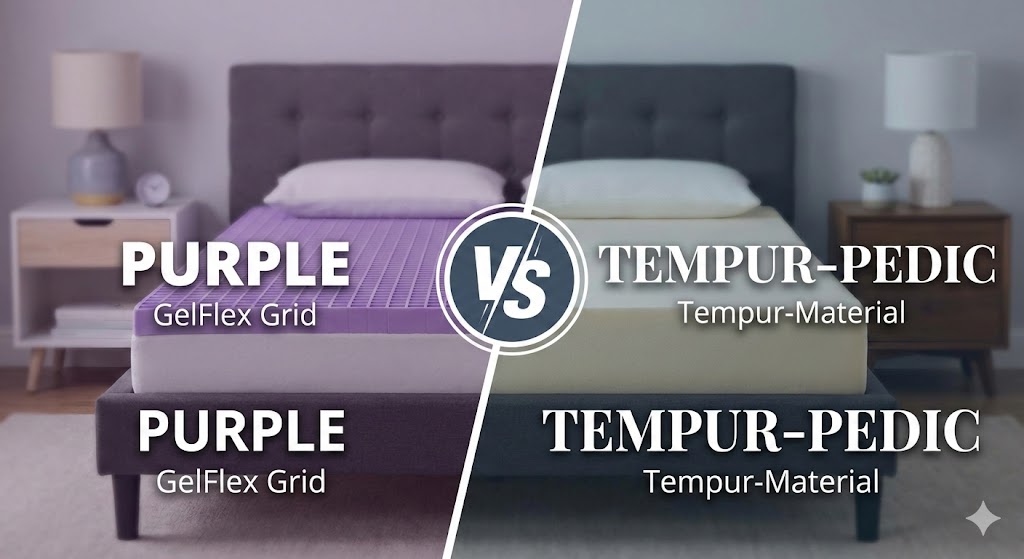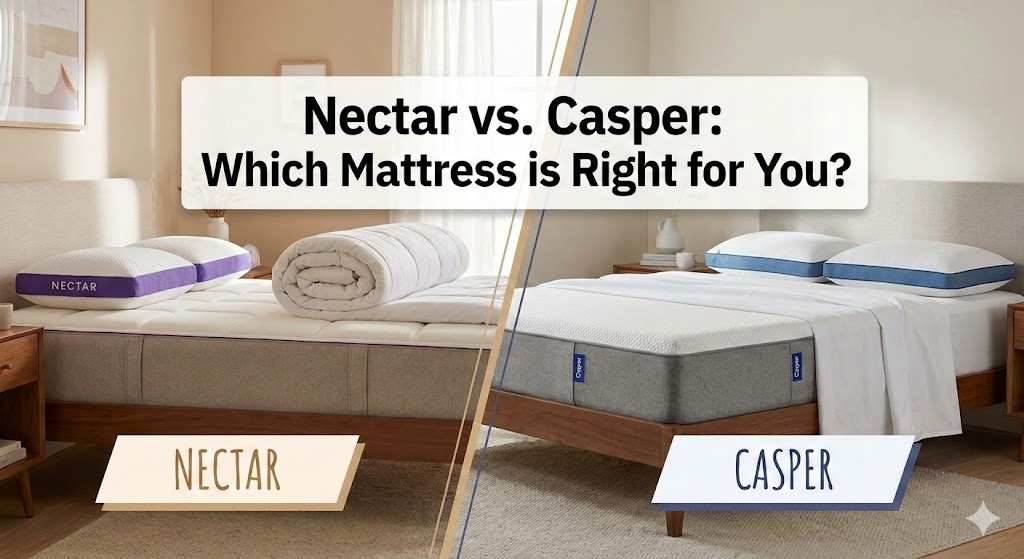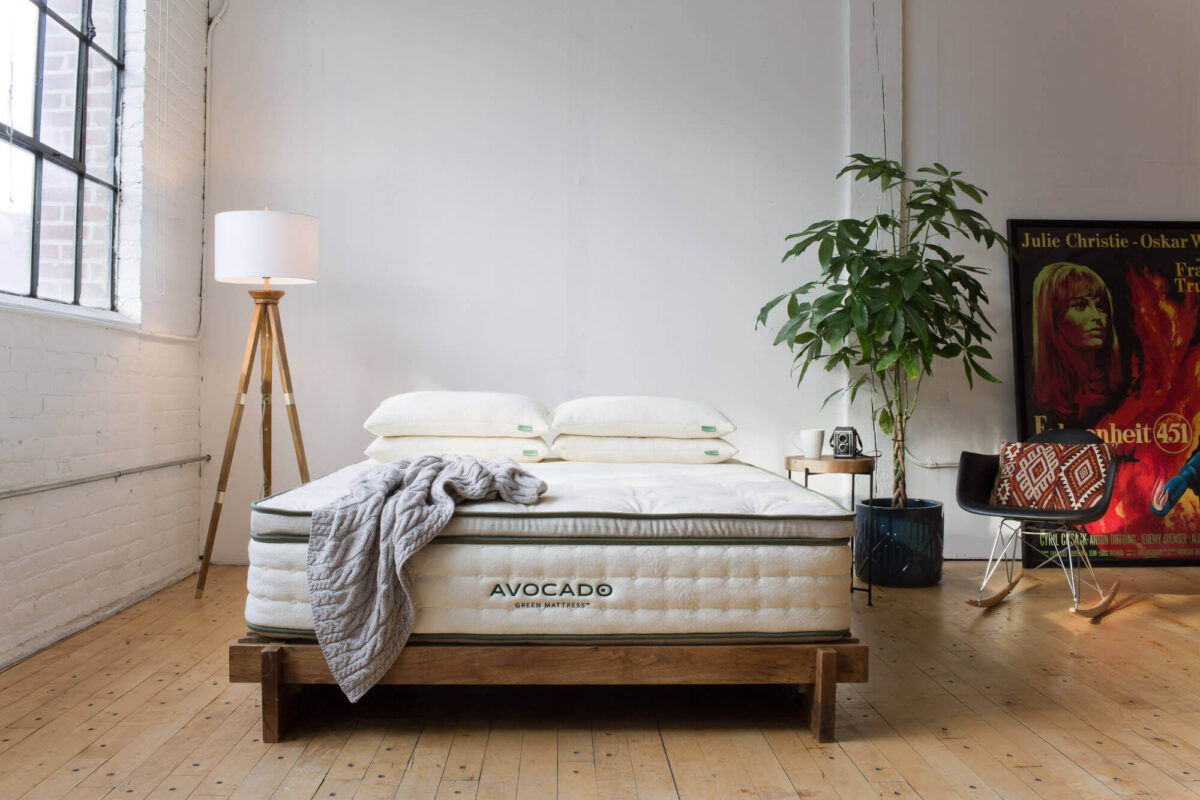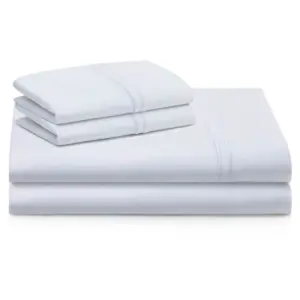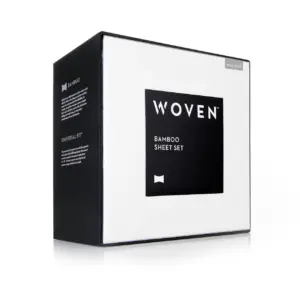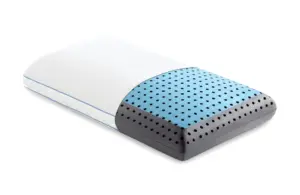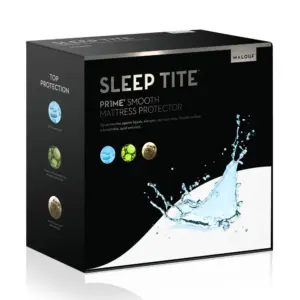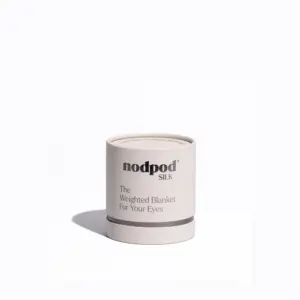Every night, a human’s body experiences natural processes that can leave behind an array of residues on their sleeping surface. These processes, combined with environmental factors, contribute to the gradual soiling of mattresses. This phenomenon is common, unavoidable, and largely misunderstood by many who rest their heads on these beds night after night.
At the heart of the issue is our body’s inherent physiology. While we sleep, our bodies continue to function, generating perspiration and skin oils, which are naturally exuded through the pores. An average person sweats out around half a pint of moisture every night, leading to a slow accumulation of liquid in the mattress. Additionally, the skin oils secreted can penetrate the sheets and mattress covers, reaching the mattress material.
In tandem with sweat and skin oils, we also shed dead skin cells — around 500 million per day to be exact. At night, many of these cells can find their way onto and into the mattress. These skin flakes become a feast for dust mites, microscopic critters that thrive in warm, humid environments like mattresses. The waste product of these dust mites is a common allergen and contributes to the overall dirtiness of the mattress.
Furthermore, accidental spills, food crumbs, pet dander, pollen, and other forms of particulate matter can also end up on the mattress. These substances can lead to stains and contribute to the overall buildup of dirt.
Another often overlooked factor is the issue of biological contaminants. These include bacteria, viruses, and fungi, which can multiply in the cozy, warm conditions provided by a well-used mattress.
In light of these points, it’s easy to see why mattresses get dirty over time. Regular cleaning of bedding and the use of protective covers can limit the dirtiness, but ultimately, a mattress will need to be replaced after a certain amount of time to ensure optimal sleep hygiene.
Can you clean a mattress?
Is it possible to clean a mattress? It depends on what you mean by clean and how dirty your mattress actually is. I have come across a lot of articles that advocated sprinkling baking soda on your mattress and letting that soak up odor then vacuuming it off. This may help a bit, but not much. If you think that’s going to rid your mattress of dust mites, think again. If your mattress is stinky, or has been left unprotected for too long, your best bet is to start fresh with a new mattress.

If you live in a cooler, dry climate your changes of having a major dust mite problem decrease dramatically. For instance, someone living in New Mexico will have far less problems with dust mites than someone in Florida with constant humidity. That’s because dust mites can’t thrive in a dry environment.
Back to the cleaning. Baking soda, Febreeze, even the Allergen Reducing Febreeze aren’t much more than a band aid that masks a larger problem. It will probably help a bit but not get to the root of the problem.
I have also come across a company called Clean Sweep which will come out to your house and clean your mattress for $109.95 with additional mattresses for $89.95. Below is a video showing their process.
The ways they claim to clean a mattress are as follows:
- Ultra Violet Light
- Dry Steam
- Vacuuming
- Ozone Generation
- Infrared Heat
You can actually buy a UV light vacuum on Amazon that is designed to kill dust mites in bedding. But my questions is how do you know you killed them all and how far into the mattress will this penetrate?
Their second method of dry steam leaves the same question about penetration but it is nice to know that they are using another method to kill those dust mites and whatever else may be lurking in your mattress. To sanitize, the steam I have read that the steam needs to be at least 200 degreed Farenheit and the surface must be treated with steam for 5 minutes.
Their Ozone treatment is also novel. Ozone generators are used in Ambulances to kill germs and bacteria and deodorize them in about 30-60 minutes. And yes, even Amazon sells an ozone generator.
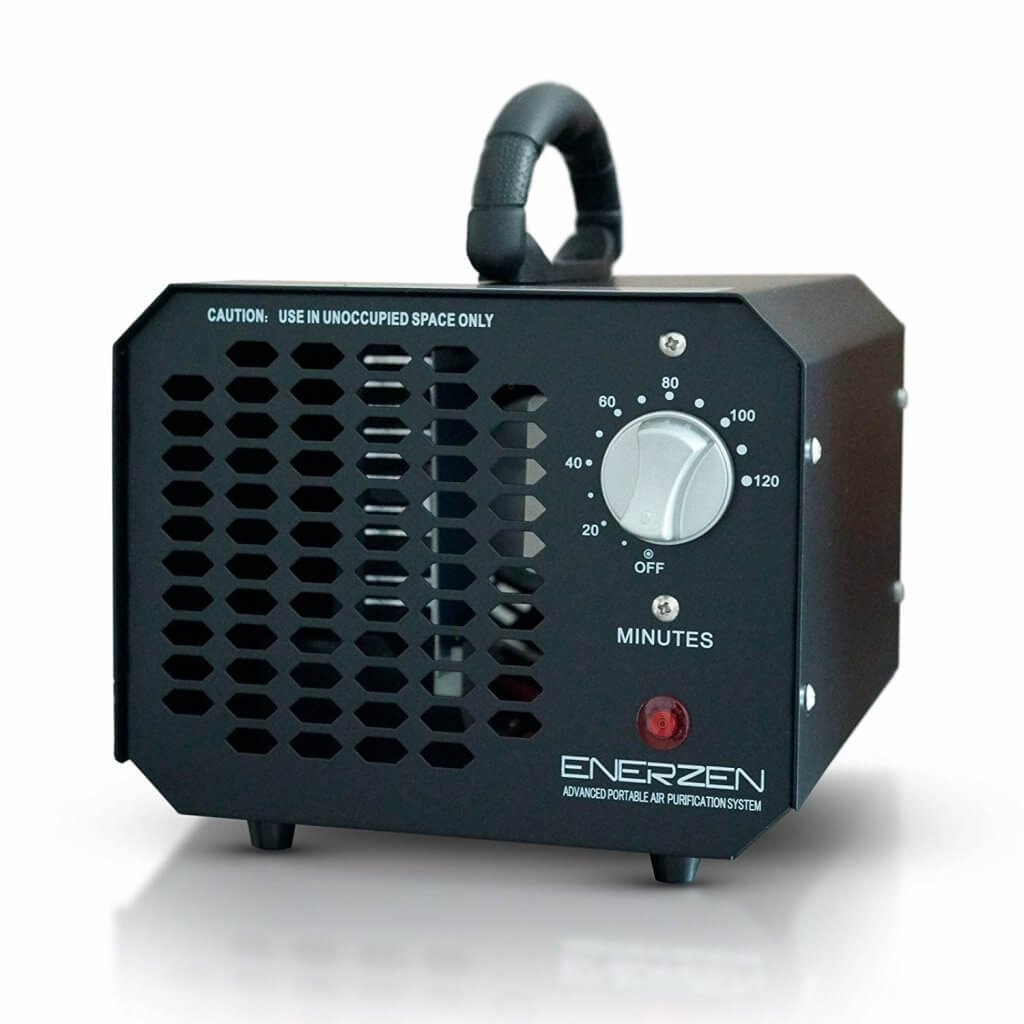
The last method is infrared heat. This company will heat the mattress to 150 degrees while the other cleaning processes are ocurring. This rids the mattress of excess moisture which plays a large part in causing the build up of dust mites in the first place. I don’t think Amazon can help you here.
Yawnder’s Top Pick for Cleaning A Mattress
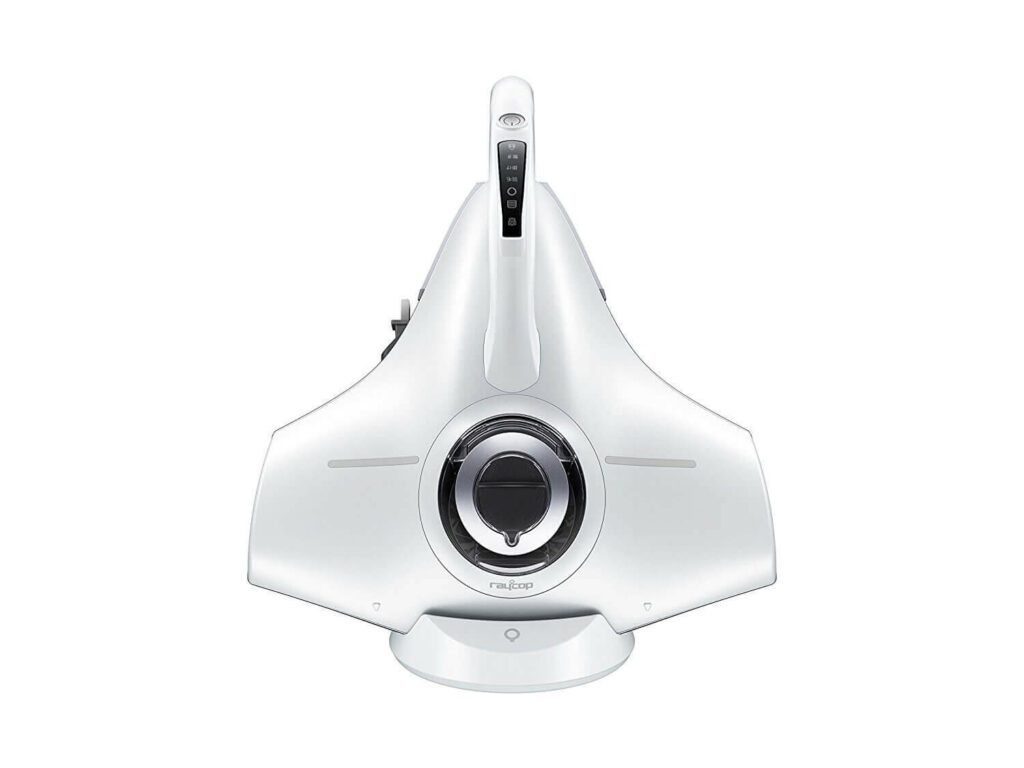
So far the best device I found to clean a mattress is the Raycop RS2. This uses UV light to kill bacteria and viruses but also vibrates to loosen dirt and dust mite debris then vaccuums it into a HEPA filter. I was amazed at how much gunk I got out of some of my mattresses. We now use this in the Yawnder mattress store in Minneapolis to keep our mattresses clean. Here’s the full Raycop RS2 Review
If its close to time for a new mattress anyway, I recommend a fresh start with a brand new mattress. Once you find your perfect mattress, take care of it from the start with at least a mattress protector or better yet, a mattress encasement. In fact, the publication, Clinical and Experimental Allergy,, a journal of the British Society for Allergy and Clinical Immunology published a study on the effectiveness of mattress encasements in preventing dust mites.
If you don’t have dust mite allergies or haven’t noticed excessive sneezing, coughing or stuffiness in the morning after waking up, you probably don’t have a dust mite problem and could avoid the mattress cleaning process. My advice though is that when you do get your next mattress, make sure it is protected to extend its life and to keep your bedroom clean and healthy.
Finally, it’s not just your mattress that is prone to dust mites, make sure your pillows are fresh too! You can buy pillow encasements as well but I recommend just purchasing a fresh pillow. If your pillow is causing you dust mite issues, it’s time for a new one anyway.
Is your mattress making you sick?
A dirty mattress can pose a significant risk to health, introducing a range of problems that extend far beyond mere discomfort. From allergic reactions to respiratory issues, the health implications of an unclean mattress can be broad, insidious, and, in certain circumstances, severe.
Allergies are the most common health issue linked to dirty mattresses. Dust mites, microscopic creatures that feed on the skin cells we shed, are prevalent in mattresses and their waste products are a major allergen. Symptoms of dust mite allergies can range from mild to severe, including sneezing, runny nose, itchy eyes, coughing, and even exacerbating asthma.
Apart from allergens, a soiled mattress can also be a breeding ground for bacteria and fungi. Sweat, skin oils, and other bodily fluids can provide a fertile environment for these microorganisms to multiply. This can lead to skin conditions such as acne, eczema, and rashes. In more severe cases, exposure to certain types of bacteria and fungi can lead to respiratory infections and other more serious health complications.
Moreover, dirty mattresses can also affect the quality of sleep, which, in turn, has far-reaching health implications. Studies have shown that poor sleep quality is linked to a host of health issues, including weakened immune function, increased risk of diabetes, heart disease, mood disorders, and even certain types of cancer.
Another less recognized issue is the potential for dirty mattresses to cause or exacerbate mental health issues. Poor sleep quality, resulting from discomfort or allergies, can lead to increased stress, anxiety, and depression. Moreover, the mere thought of sleeping on a dirty mattress can cause anxiety and disturb sleep patterns.
The effects of a dirty mattress are multifaceted and concerning, highlighting the importance of regular mattress cleaning and maintenance for health’s sake. It’s recommended to wash bedding regularly, use a mattress protector, and deep clean the mattress periodically to maintain a healthy sleeping environment. Ultimately, the lifespan of a mattress should also be taken into consideration, as even with diligent care, a mattress will eventually need to be replaced.
Should I clean my mattress or just buy a new one?
The decision to clean or replace a mattress is largely based on its age, condition, and the extent of the issues you’re experiencing. While there’s no definitive rule, experts suggest several indicators to guide this decision.
Cleaning a mattress should be a routine part of your household maintenance. A good rule of thumb is to deep clean your mattress at least twice a year. This is in addition to regular practices such as changing bed sheets weekly, using a mattress protector, and spot cleaning as needed.
There are instances, however, where cleaning may not be enough. If your mattress is sagging, showing significant signs of wear, causing you discomfort, or contributing to poor sleep, then it might be time to replace it. Experts generally recommend replacing your mattress every 7-10 years. However, high-quality mattresses may last longer, while lower-quality ones may need replacing sooner.
If you’re experiencing severe allergies even after a deep clean, it could be an indicator that your mattress is heavily infested with dust mites or harboring mold or mildew. These cases are challenging to rectify with cleaning alone, and a new mattress could be a healthier choice.
Moreover, it’s essential to consider the cost versus benefit ratio. If your mattress is relatively new and the cleaning cost is reasonable, it might be worthwhile to invest in professional cleaning. Conversely, if your mattress is nearing the end of its lifespan and professional cleaning costs are steep, investing in a new mattress could be the better option.
Finally, consider your personal comfort and sleep quality. If you’re consistently waking up tired, with aches and pains, or experiencing disturbed sleep, your mattress could be the issue. In these instances, no amount of cleaning will improve your comfort and sleep quality, making a new mattress a necessary investment for your overall wellbeing.
DIY mattress cleaner recipe
Here’s a popular DIY mattress cleaner recipe that you can make and use at home.
Ingredients:
- Baking Soda: 1 cup
- Essential Oil (such as lavender, eucalyptus, or tea tree): 10-20 drops
Procedure:
Mix the baking soda and essential oil in a jar. Ensure the oil is evenly distributed throughout the baking soda. The baking soda helps deodorize the mattress and soak up any moisture, while the essential oil adds a fresh scent and has antibacterial properties.
Sprinkle the mixture evenly over your bare mattress. Ensure you’ve removed all sheets, mattress protectors, and any other coverings.
Let the mixture sit for at least one hour. This allows the baking soda to absorb odors and any moisture. For a deeper clean, you can leave the mixture on for up to 24 hours.
After the mixture has sat for the desired time, vacuum the mattress thoroughly to remove all of the baking soda.
Remember, this recipe is for a general clean and deodorization. It won’t address significant stains or issues such as mold or dust mite infestations. For serious cleaning, or if your mattress is stained or has a specific issue, you may need to use a specialized cleaning product or consider hiring a professional cleaning service.
Moreover, it’s worth noting that each mattress is unique. It’s always best to test any cleaning product or method, DIY or otherwise, on a small, inconspicuous area first to ensure it does not damage the mattress material.
In conclusion, regular mattress cleaning can help maintain a fresh and healthy sleep environment. But, it’s also important to change your sheets regularly, use a mattress protector, and replace your mattress as needed.

